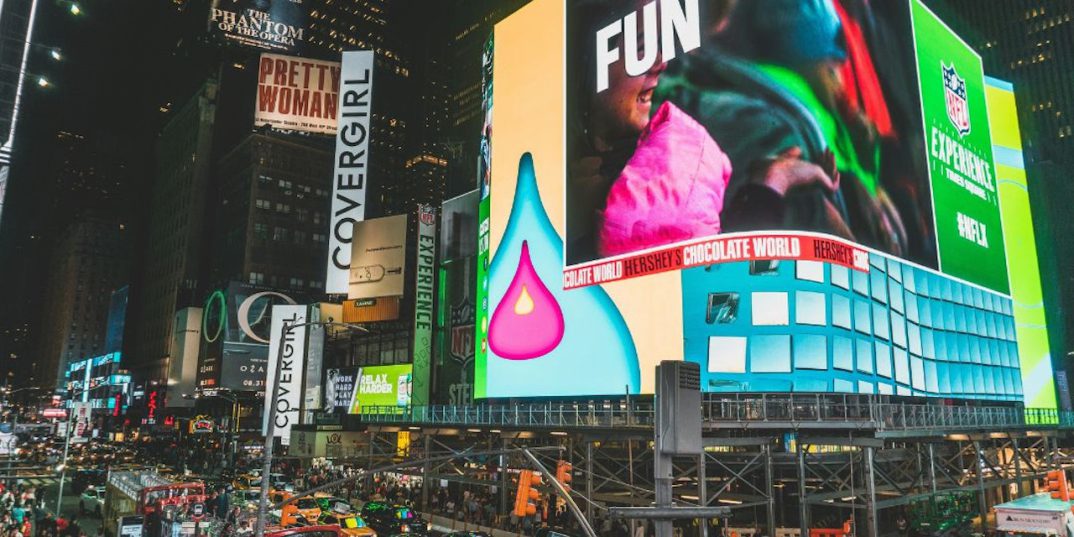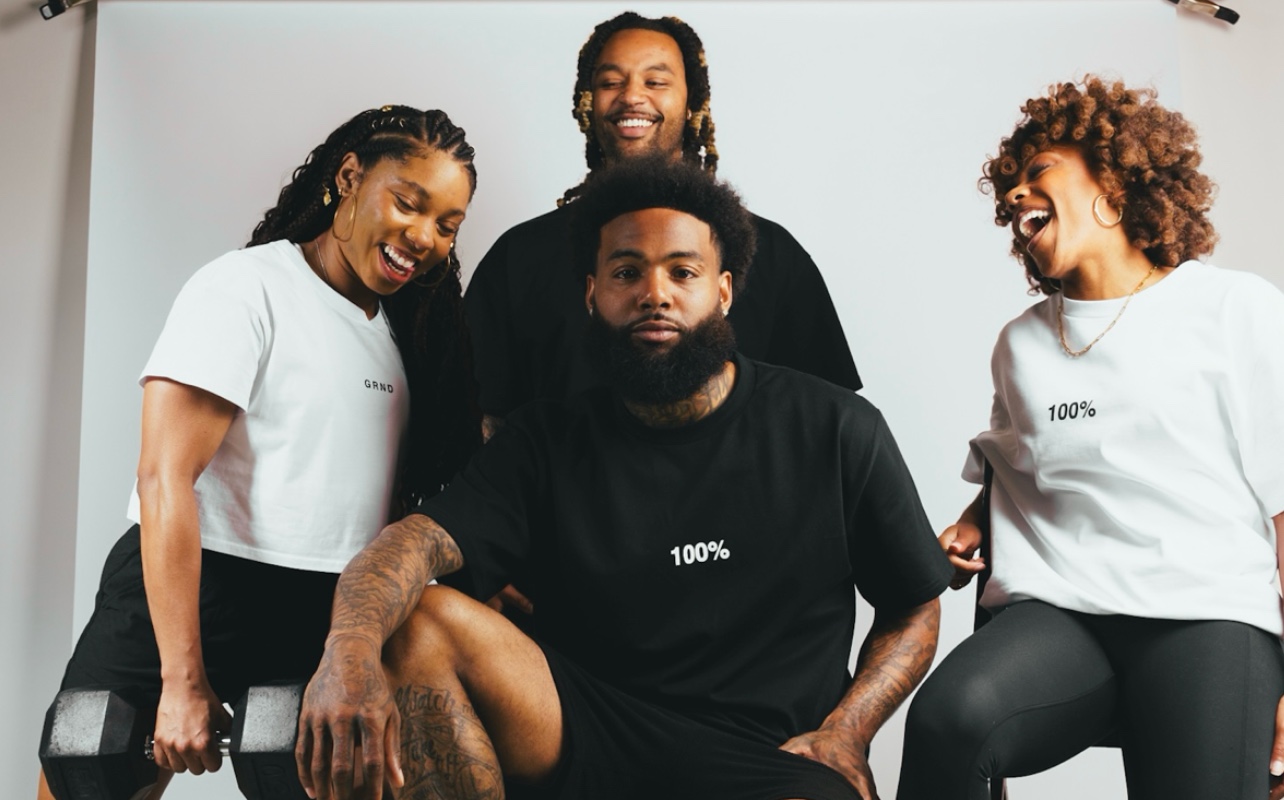Digital transactions have drastically shifted towards programmatic advertising, says VIOOH’s JC Conti (CEO), with programmatic display and video now dominating over 90% of the market, and programmatic digital out of home (prDOOH) advertising gaining increasing traction. Here’s everything you need to know to say ahead of this trend.
In the span of just 12 years, the landscape of digital transactions has undergone a seismic shift. US Programmatic display and video advertising, which once accounted for less than 10% of all digital transactions, now represent over 90% as of December 2023, according to Insider Intelligence.
This rapid evolution underscores the transformative power of programmatic technology, and it’s clear that the future of advertising is increasingly programmatic.
Programmatic: Data is the catalyst for growth
One area gaining significant momentum is programmatic digital out of home (prDOOH) advertising. Although the adoption rate in the US is just beginning to accelerate, some markets, like Germany, are already experiencing higher levels of adoption. PwC forecasts that in Germany, programmatic will overtake direct-sold DOOH in 2024 and surpass classic out of home (OOH) advertising by 2030.
The slower adoption of DOOH can be partly attributed to the third-party cookie-free environment. However, in the long term, this could prove to be a strength. Using the same inventory for programmatic as direct ensures high-quality perception of the inventory, and prDOOH commands premium CPMs – generally +30% higher than direct sales due to its data-driven approach, flexibility, and in-flight optimisation capabilities. This attracts performance budgets and new clients who prefer buying programmatically, recognising the value in prDOOH’s ability to reach targeted audiences effectively.
Buyers see value of trading programmatic DOOH
According to the VIOOH State of the Nation 2023 report, 33% of executives have added incremental budgets to their prDOOH ad spend and are forecasting further increases in 2024. Additionally, 73% of programmatic DOOH budgets are coming from digital or other channels, highlighting the shift of net new budgets towards prDOOH.
The integration of DOOH in omnichannel campaigns amplifies the effectiveness of the overall media strategy. Research from Kantar indicates that the average campaign could be 2.6x more effective with an allocation of spend across several media channels. Digizuite’s 2024 report supports this, showing advertisers with strong omni-channel marketing strategies see an average 9.5% increase in annual revenue compared to those with less integrated approaches.
Including prDOOH in a multi-channel media plan clearly adds incremental value to the return-on-investment (ROI) of the digital media mix, with improved click-through rates on mobile retargeting and increased website visits directly attributable to prDOOH. Furthermore, it boosts offline outcomes within multi-channel campaigns, driving sales and increasing footfall and visitation.
Cookie deprecation is an opportunity for OOH media owner data
The deprecation of third-party cookies presents a significant opportunity for OOH media owners to leverage their data assets. Digital buyers increasingly rely on data to effectively target audiences, a challenge that becomes more pronounced with the demise of third-party cookies. This creates a space for media owners to invest in data and capitalize on omni-channel budgets.
A 2022 McKinsey report found that 41% of US consumers do not want advertisers to use tracking cookies, and the potential loss in Google Chrome third-party cookie-supported ad spend could reach $10bn in the US alone.
In the absence of third-party cookies, DSPs will struggle to track and identify audiences effectively. This places media owners in a favorable position, as DOOH has never relied on third-party cookies. Instead, DOOH can utilize latitude and longitude data to target audiences, making it an increasingly attractive option for media buyers who need reliable data sources.
Programmatic is the key for driving incremental growth for OOH
Media agencies are shifting towards audience buying across multiple channels and publishers, a norm in digital media. DOOH is catching up, refining precision in targeting and planning. Audience buying in DOOH is gaining traction at the media agency level, driven by the trend of multi-channel buying and the desire to integrate DOOH into the media mix. Simplifying the buying process through curated inventory across multiple media owners in different markets will make certain SSPs the preferred platform for agencies.
5 future trends
Emerging trends are set to enhance the relevance, customer experience, and efficiency of OOH. At VIOOH, the key ones we’ve been seeing include:
1. Dynamic creative optimization (DCO)
DCO enables dynamic messaging that can change in real-time to reflect consumer behavior, mindset, or stage in the customer journey. For example, in retail media, sequential messaging can guide shoppers from external screens as they enter a store to targeted ads in specific aisles at the point of purchase.
A study by IAS in 2020 highlighted that 70% of UK consumers are more likely to remember ads that are contextually relevant. It allows for: enhanced relevance, improved customer experience and increased advertising efficiency.
Harnessing the power of advanced data can significantly enhance the return on investment (ROI) for OOH advertising. Nielsen reports a remarkable 42% increase in ROI when advanced data is integrated into OOH campaigns. This data can come from a variety of sources. For instance, partnerships with companies like Samsung and Strava provide valuable first-party data, while mobile applications like Uber and SkyScanner offer additional insights. Other standard data sources include pollen, weather, traffic, air travel, and pollution data.
With DCO, advertisers can streamline the creation and delivery of thousands of personalised and pre-approved ad variations, offering contextually relevant experiences and more opportunities for creativity and impact.
2. 3D creative
The future of advertising is three-dimensional. According to Forbes in 2022, 3D advertising can boost conversion rates by 40% compared to traditional advertising. Technological advancements now make it possible to deliver a 3D experience across all DOOH screens, making ads at iconic locations even more impactful.
3D creative content not only grabs attention but also reaches desirable audiences, including Gen Z. This innovative approach pushes the boundaries between art and advertising, creating memorable experiences that resonate deeply with viewers.
3. Sustainability
Sustainability is no longer just a buzzword; it’s a fundamental aspect of modern consumer behaviour. Sharethrough’s May 2022 report on ‘Consumer Understanding of Internet Carbon Emissions’ reveals that 80% of consumers prefer brands actively working to reduce their carbon footprint. Furthermore, PwC’s 2021 Global Consumer Insights Survey found that 81% of people expect companies to be environmentally conscious in their advertising and communications.
A collaboration between VIOOH and Cedara has led to an industry-first initiative, revealing that VIOOH’s carbon emissions were 0.28 grams of CO2e in 2022. This is well below the Cedara ad platform benchmark of 0.34, based on programmatic open web vendor data.
4. DOOH & retail media
Retail media and DOOH are no longer afterthoughts; they’re power players in the omni-channel world. By leveraging data, automation and strategic placement, these tools can deliver targeted, impactful messages that resonate with consumers and drive real business results.
Brands are increasingly drawn to the growing power of in-store media for several reasons. In-store media reaches shoppers at a crucial decision-making point – right before purchase. This is where a well-placed ad can cut through the noise and influence the final decision. Retailers possess a treasure trove of first-party data collected through loyalty programmes which can be used to power prDOOH.
These trends underline the importance of contextual relevance, technological innovation, and sustainability in shaping the future of OOH advertising. By embracing these advancements, we can create more effective, engaging, and responsible advertising campaigns that resonate with today’s consumers.
The programmatic revolution in DOOH is well underway, offering new opportunities for growth, innovation, and sustainability. By embracing data-driven strategies and integrating DOOH into omni-channel campaigns, advertisers can unlock significant value and drive more effective, impactful advertising in the digital age.
JC Conti is CEO at VIOOH. For more information visit: viooh.com





